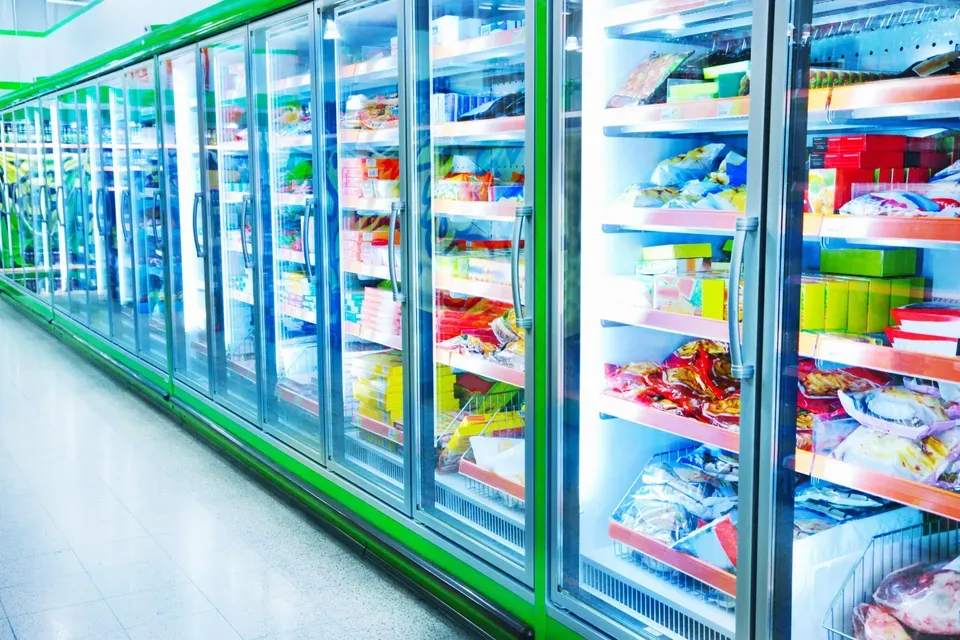Refrigeration space in supermarkets is limited, so every grocery store owner needs to carefully consider where their cooled displays are placed. If you're redesigning an existing grocery store or building a new one, here are some tips on where to place the store's refrigerators.
Select the General Area Based on Products Held
To determine what general area of your store a refrigerated display should be placed in, consider the products that it will hold. For the purposes of this general placement, there are three broad categories to consider:
- Produce
- Essentials
- Non-essentials
Essentials includes foods that most people have in their kitchen, such as milk, basic cheeses, butter, and eggs. Non-essentials includes things like beer, ice cream, and gourmet cheeses that people don't always have.
All produce displays should be placed near the entrance of your store because fresh fruits and vegetables are more visually appealing than jugs of milk or tubs of ice cream. When customers walk in and see these displays, they'll be greeted with an array of colors and their first impression will be one a health conscious one.
Essential items are traditionally placed along the back wall of the store, because this forces customers to walk through the store to pick up their must-haves. As customers walk past other products, they may see something that catches their eye and add it to their purchase.
Non-essentials can be put in a high-traffic area, such as the center of your store or at the end of the row of displays with essential items. With a non-essential display in a place that gets lots of foot traffic, you'll increase the number of extras that people who weren't planning on buying these things will end up purchasing.
Take Full Advantage of Vertical Space
In order to make the most of your store's square footage, use refrigerator displays that are about the height of a person throughout your store. Waist-high displays aren't able to hold as much, and they don't place any products at eye-level. Displays that are taller allow you to carry more products and place topselling ones where they're most visible.
If you're currently using waist-high displays and switch to taller refrigerators, you'll need less space for the displays. Keep the new displays in the most accessible areas, so customers can easily get to them. The less-accessible areas can be used for more niche products that people will specifically seek out.
As an example, assume you're condensing a back wall of essential displays. Put all your new displays in the center of the back wall so people can easily locate them. Closer to the corners is a good place for bulk items that require more space and that fewer customers seek out.
Put Beer and Milk Displays Adjacent to Restocking Areas
While not absolutely necessary, the refrigerator holding beer and milk should be placed as close to your store's chilled restocking area as possible. The ideal place is adjacent to the restocking area, so you can get a display that opens from the back for simple refilling.
By putting these coolers near your store's restocking area, you'll reduce how far employees have to carry cases of beer and gallons of milk when they refill displays. This is especially important with beer and milk, since beer cases and milk gallons are some of the heavier items that grocery stores carry. Both a 12-pack of beer and a gallon of milkweigh over 8 pounds.
Check the Back Area for Access
Before finalizing any particular refrigerated display's location, check the area behind it for ease of access. There should be enough space for a service person to get back there when maintenance is required.
To get refrigerators for your grocery store, contact A M Refrigeration Service.

